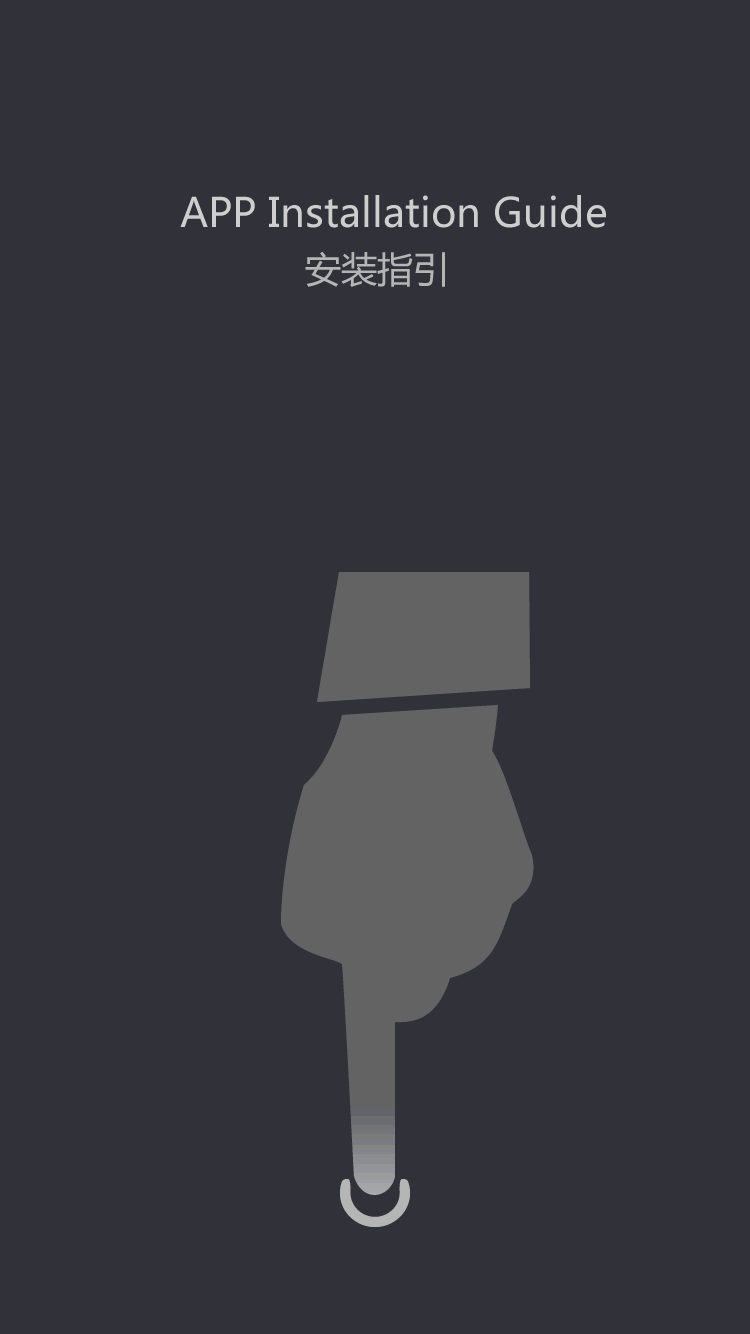Original Kl21f Fiber Optic Splicing Machine
Before the connection is created, do away with every fiber might want to have an even end that's away from defects for example hackles, lips, and fractures. These defects, together with other impurities and filth affect the geometrical propagation patterns of sunshine and cause scattering.
What was once a three-5 minute process to rotate the blade manually, is now achieved in seconds with no tools or disassembly required! This also provides to time saved over the course of a cleaver’s blade life so you possibly can spend that time doing extra fusion splicing. When starting the splicing course of, the splicer assesses the cleave quality by analyzing the fiber pictures as seen on-display. If the cleave quality does not meet the expected cleave high quality for cleave angle and cleave shape criteria, a cleave error alarm will occur. When a cleaver blade place is close to its finish of life, cleave quality approaches this alarm threshold with greater frequency.
Fusion splicing mandates that every one protecting coatings be taken off the ends of every one fiber. Each fiber face to achieve a great optical finish by cleaving and sprucing the fiber finish.
Also, the shape of the cleaved fiber end may turn out to be extra irregular. Therefore, in some instances, there could also be a defect in the cleave form or high quality that cannot be detected by the aspect-view picture of the splicer, but that's nonetheless of adequate severity to affect splice loss. In this case of a fiber with an undetected cleave imperfection, the splice might be accomplished with no cleave error message, and this will end in a poor high quality splice. For example,widespread used fiber optic take a look at equipment included fiber optic energy meter, fiber optic light source, fiber multimeter, optical time area reflectometer and fiber fault locator. The splicing course of begins by preparing each fiber finish for fusion.
If there's a protrusion, or lip, on one of many fibers, the 2 fibers won't butt up against each other. If there are surface defects, known as hackle or mist, the ends will reflect or diffuse mild, inflicting loss. The Field Fiber Optic Cleaver, FCL100 cleaves fiber optic cables to be used with mechanical connectors, fusion splicing and Bare Fiber Adapters. The FCL200 cleaver offers quick and accurate cleaves that can be utilized with any fusion splicer and for preparing fibers for use with mechanical connectors. Tempting eBay and Craig’s List presents of cleavers at extremely discounted costs abound on the Internet. Sumitomo's FC-SE-AFC-08 angled optical fiber cleaver is a 1-step operation for simple, repeatable, and consistent eight diploma cleaves for the mechanical splices and APC terminations.


































![[Dry Goods] how to avoid electrode rod after fusion black?](https://img5811.weyesimg.com/uploads/tumtecchina.com/images/15840915146146.jpg?imageView2/2/w/1920/q/100/format/webp)







































